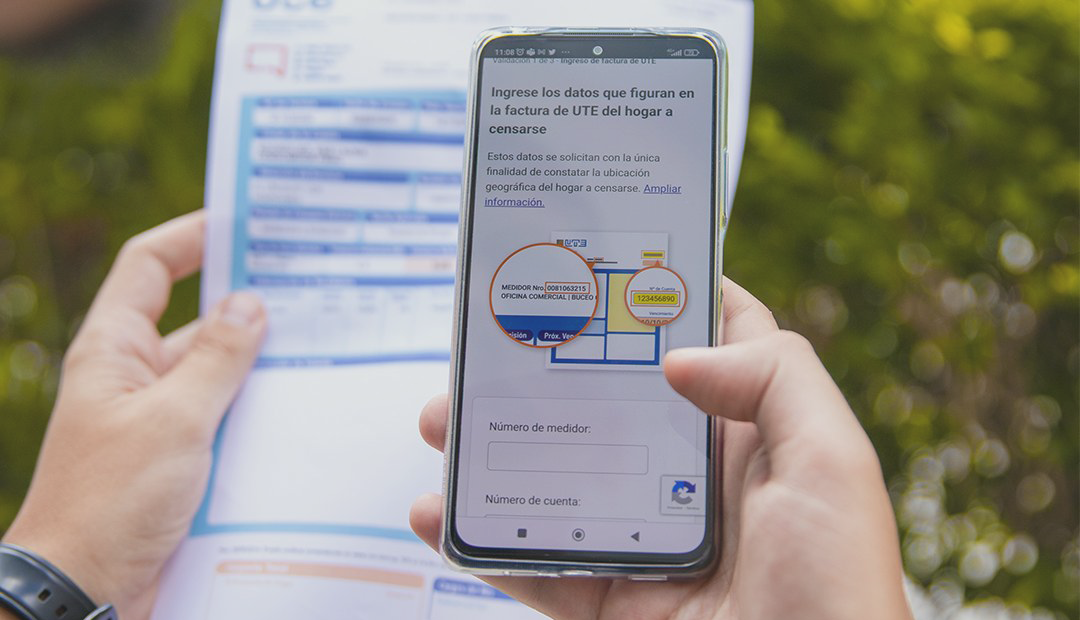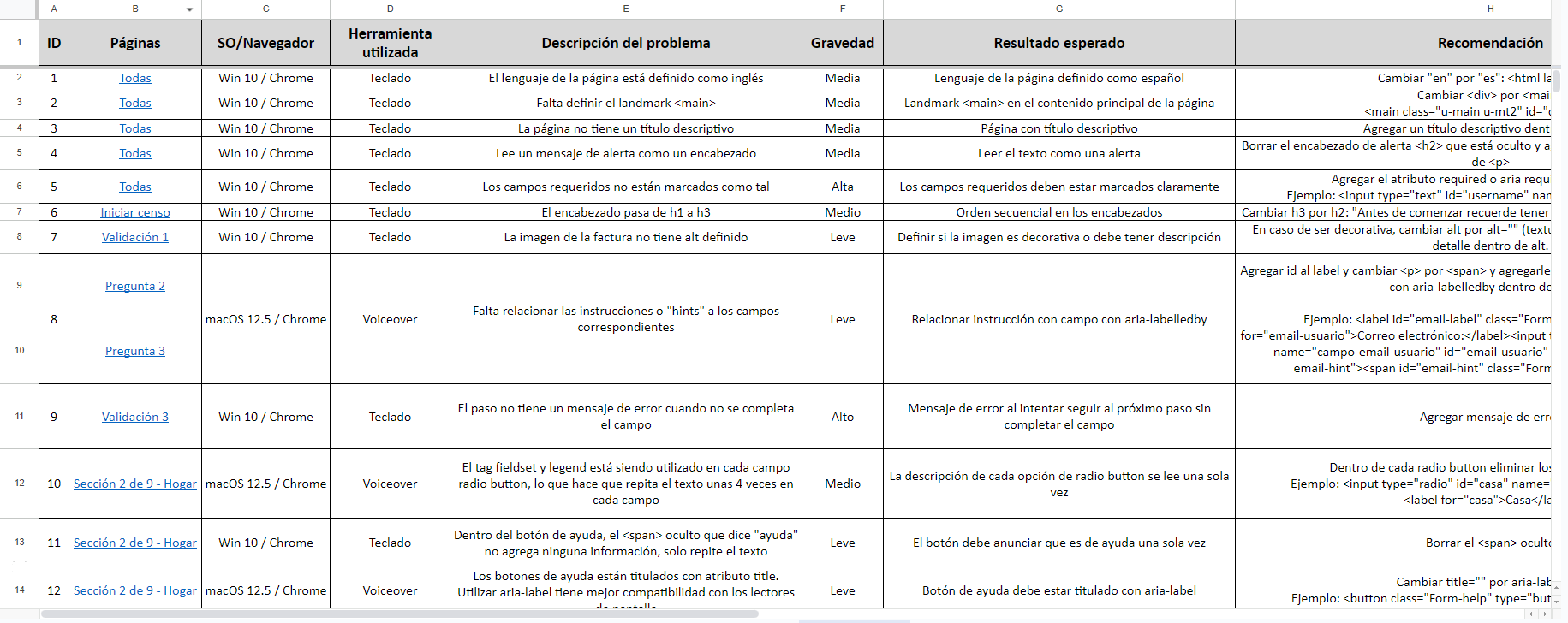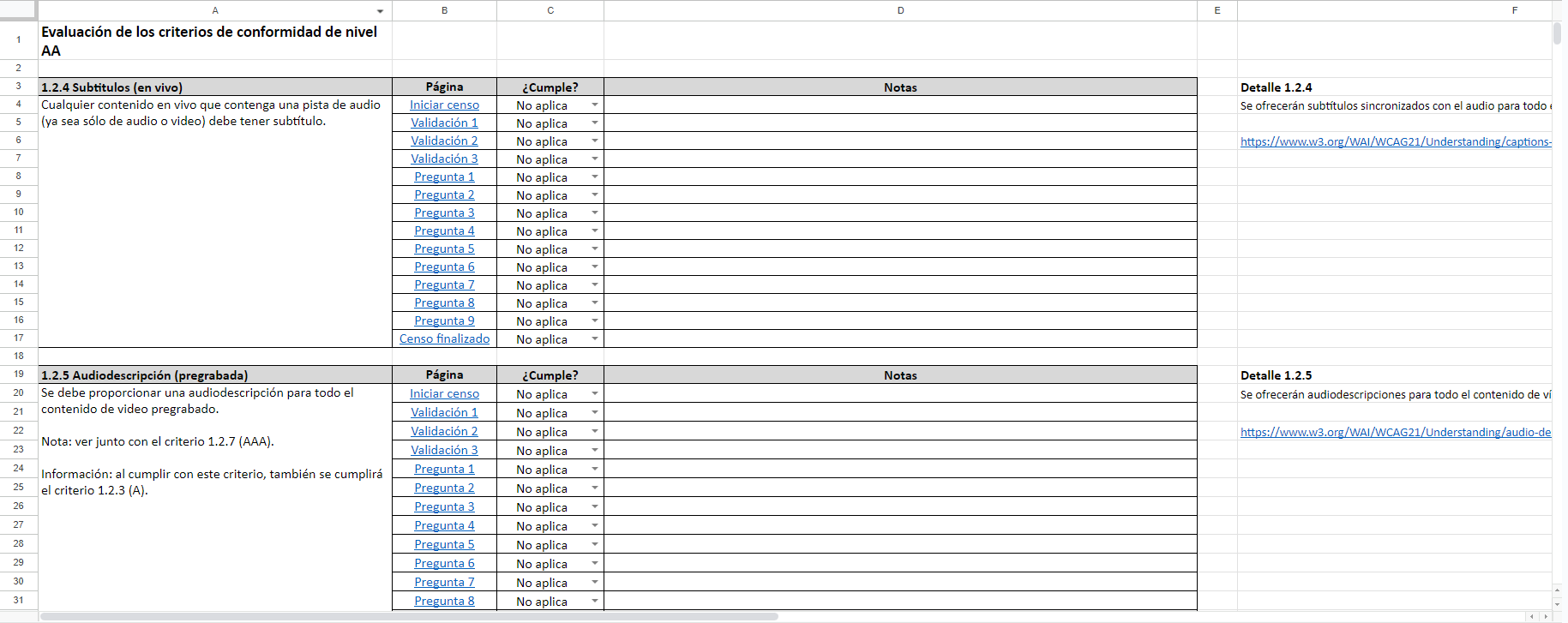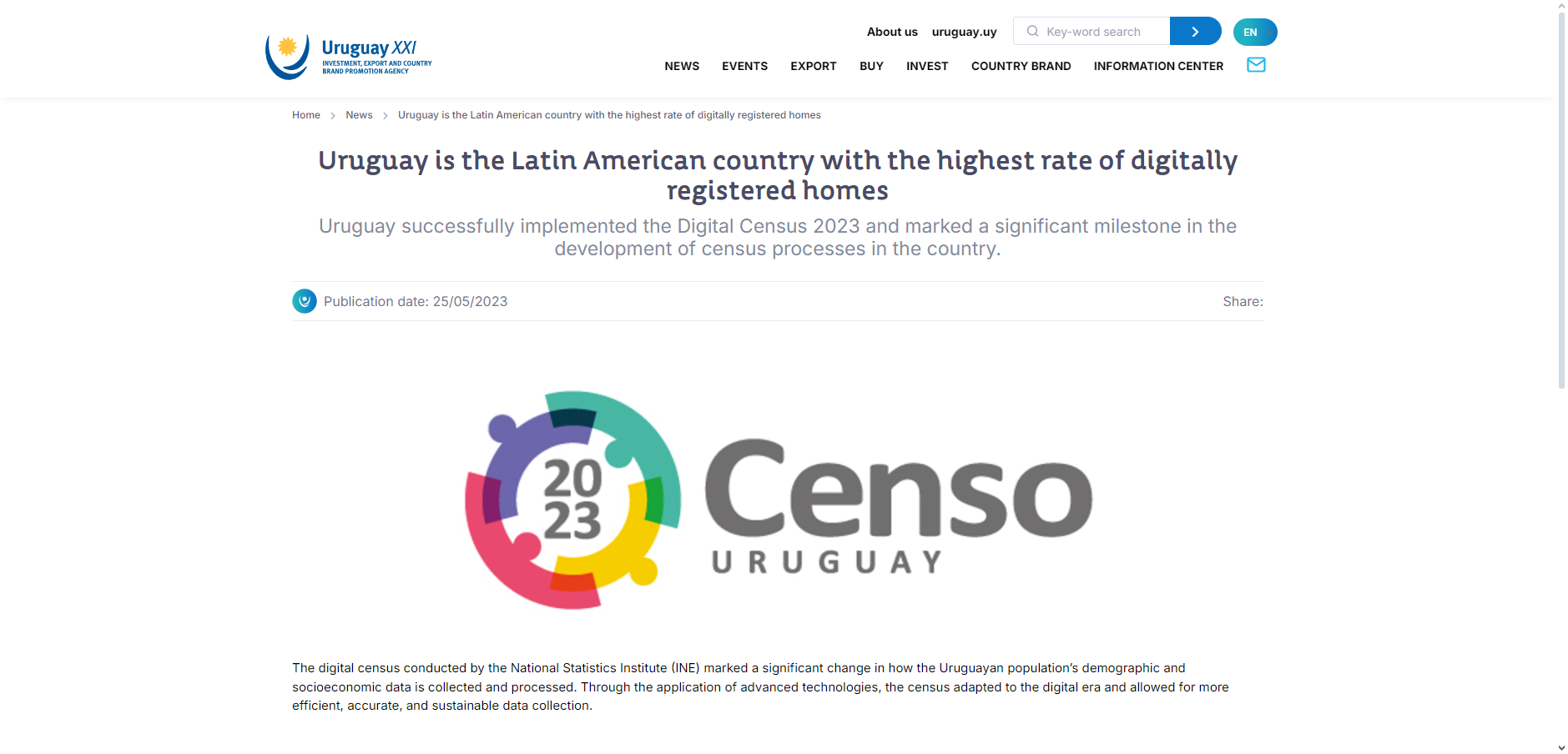UI Design SaaS Company, 2024
Unifying Interfaces: Creating a Cross-Platform Design System
Created a modular design system that unified UI patterns across platforms and accelerated design-to-dev workflows.
UX Design + Accessibility Uruguay Census, 2023

Overview
Uruguay's 2023 Digital Census needed to comply with national accessibility legislation and WCAG guidelines to ensure equal access for all users.
Solution & Impact: Led the auditing and improvement of the census website accessibility and usability. These enhancements supported inclusive participation and the census achieved the highest completion rate in Latin America, with 56% of the population completing it digitally.
Context and project goals
I joined the project in the final stage of development, with an experimental census completed as a test stage prior to the official launch. My role was to analyze accessibility from the design and interaction side, ensuring the digital census was accessible to everyone, regardless of their ability.
Given the nature of the project, we prioritized the elderly population, people with disabilities who use assistive technologies, and individuals using low-cost cell phones.

Key obstacles faced
Some major challenges include: lack of test environments, limited information for conducting real tests, and asynchronous communication with the developer responsible for fixing barriers.
To address these, I collaborated closely with the PM to gather representative data and scenarios, ensuring realistic testing. Additionally, I set up meetings and created detailed documentation to maintain consistent and efficient communication.
Breakdown of the process
The scope of the analysis covered the entire digital census flow, from personal data upload to subsequent submission. I began with a design review focused on accessibility, used automated tools, and tested the form with screen readers. Emphasis was placed on testing the Android experience more thoroughly, according to the proposed objectives.
We followed WCAG 2.1 level AA guidelines and some AAA level guidelines, related to visual presentation, time limits, and enhanced contrast, as requested by the client.


The audit led to fixing critical code errors, which had a significant impact on accessibility. For instance, resolving critical errors in keyboard navigation, where users would experience issues such as being unable to progress due to the keyboard being stuck, was crucial.
Given that the developer wasn't an expert in accessibility, detailed documentation was key. I provided actual code examples and added information on how to apply WCAG techniques effectively.
The final report was sent with follow-up meetings scheduled to clarify findings and solutions. The report identified errors, particularly in the application of code within form fields. A post-remediation analysis was conducted by specialized accessibility testers to ensure that all issues were effectively resolved.
Impact and outcome
56% of the households that took the census completed it digitally, the highest percentage in web incidence in Latin America.
This highlights the positive impact of digital inclusion and the relevance of inclusive design in wide-reaching digital projects.
Average time to complete the census was 30 minutes and most people (80.2%) completed it from a cell phone, highlighting the importance of prioritizing the mobile experience as well.

This experience emphasized the need for clear, customized documentation. In future projects, I will focus on developing tailored templates instead of relying on standard ones.
The lack of feedback on this project underscored the importance of internal validation processes and the need for user advocacy within the team. Additionally, this project reinforced the importance of early accessibility testing and the value of cross-functional collaboration.
UI Design SaaS Company, 2024
Created a modular design system that unified UI patterns across platforms and accelerated design-to-dev workflows.
UX + UI Design Insurance Company, 2023
Designed an internal admin system to simplify complex workflows and support operational tasks.
UX + UI Design Gub.uy, 2022
Audited and improved the digital census experience to ensure it was accessible, intuitive, and inclusive for all users.